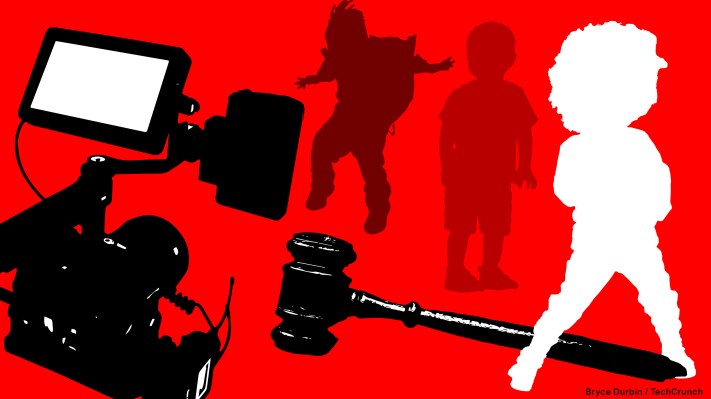Auctoria uses generative AI to create video game models | TechCrunch
Several years ago, Aleksander Caban, the co-founder of Carbon Studio, a Polish VR game developer, observed a major problem in modern game design. He had to create rocks, hills, paths and other basic elements of video game environments manually, which often turned out to be a time-consuming — and laborious — process.
So Caban decided to develop tech to help automate the process.
He teamed up with Michal Bugała, Joanna Zając and two Carbon Studio co-founders, Karolina Koszuta and Błażej Szaflik, to launch Auctoria, a platform that taps AI to generate 3D video game assets from scratch. Based in Gliwice, Poland, Auctoria is one of the participants in the Startup Battlefield 200 at TechCrunch Disrupt 2023.
“We created Auctoria out of a passion for limitless creativity,” Zając told TechCrunch in an email interview. “It was created to support game development professionals in their work, but everyone who wants to create may use it. There’s not a lot of advanced tools for professionals; most of them are focused on hobbyists and amateurs. We want to change that.”
Auctoria uses generative AI tech to create a range of different model types for video games. One of the platform’s features attempts to generate entire 3D game levels, complete with pathways for players to explore (albeit fairly basic ones), while another converts uploaded images and textures of walls, floors and columns into 3D equivalents of that artwork.
Users can also enter text prompts to have Auctoria generate assets, à la DALL-E 2 or Midjourney. Or they can provide a sketch, which the platform will attempt to turn into a usable digital model.

A 3D video game level created with Auctoria. Image Credits: Auctoria
Zając claims that all the AI algorithms powering Auctoria, as well as the data used to train them, were developed in-house.
“Auctoria is based 100% on our content, so we’re not dependent on any other provider,” she said. “It’s an independent tool — Auctoria doesn’t rely on any external engine or use open source solutions.”
Now, Auctoria doesn’t stand alone in the nascent market for AI tools to generate game assets. There’s the 3D model-creating platforms 3DFY and Scenario, as well as startups like Kaedim, Mirage and Hypothetic. Even incumbents such as Nvidia and Autodesk are beginning to dip their toes in the space with apps like Get3D, which converts images to 3D models, and ClipForge, which generates models from text descriptions.
Meta, too, has experimented with tech to generate 3D assets from prompts. So has OpenAI, which last December released Point-E, an AI that synthesizes 3D models with potential applications in 3D printing, game design and animation.
The race to bring new solutions to market isn’t surprising, given the sheer size of the opportunity. According to Proficient Market Insights, the 3D models market could be worth $3.57 billion by 2028.
But Zając claims Auctoria’s relatively long development cycle — it’s been in the R&D stage for roughly two years — has resulted in a more “robust” and “comprehensive” toolset than some rivals offer.
“At present, there’s a lack of AI-based software that enables the creation of complete 3D world models,” Zając said. “Existing solutions typically consist of 3D editors and plugins, but they offer only a fraction of Auctoria’s capabilities. Our team began developing the tool two years ago, allowing us to have a ready-to-use product.”
Of course, as with all generative AI startups, Auctoria will have to contend with the legal challenges currently swirling around AI-generated media. In the U.S. at least, it’s not clear yet to what extent AI-generated works can be copyrighted.
But the Auctoria team — a team of seven employees at present, plus the five co-founders — are leaving those questions unaddressed for now. They’re focusing instead on partnering with game development studios, including Caban’s own Carbon Studio, to pilot the tooling.
Ahead of the Auctoria’s general availability in the coming months, the company hopes to raise as much as $5 million to “speed up the process” of creating back-end cloud services to scale the platform.
“The money would decrease the overall computing time needed to create worlds or 3D models with Auctoria,” Zając said. “Creating infrastructure for a software-as-a-service model is one thing — the other is improving the user experience, for example making it easier to onboard with a simple UI and good customer service and marketing experiences … We’re going to keep our core team small, but by the end of the year, we’re going to hire a few more employees.”




